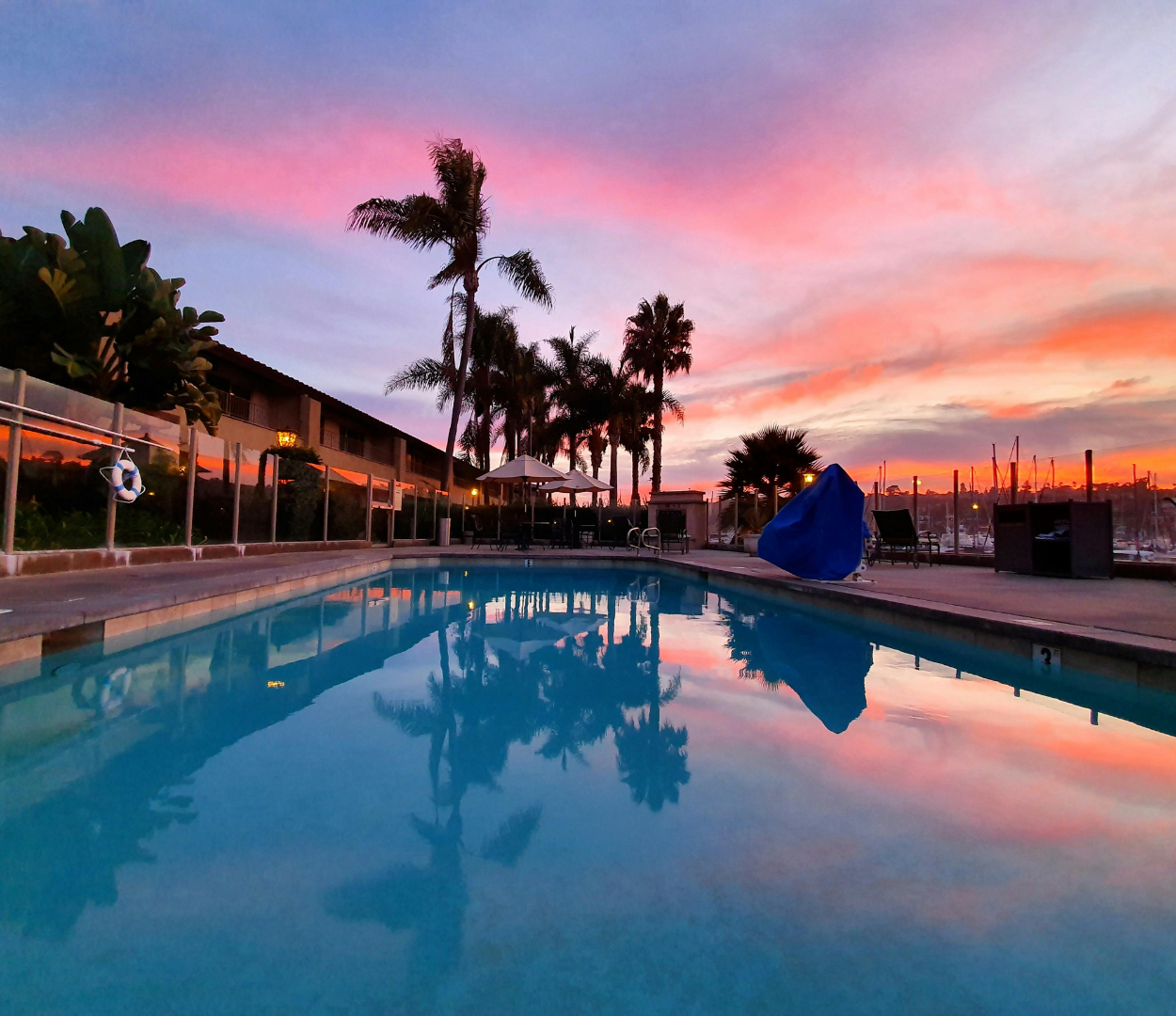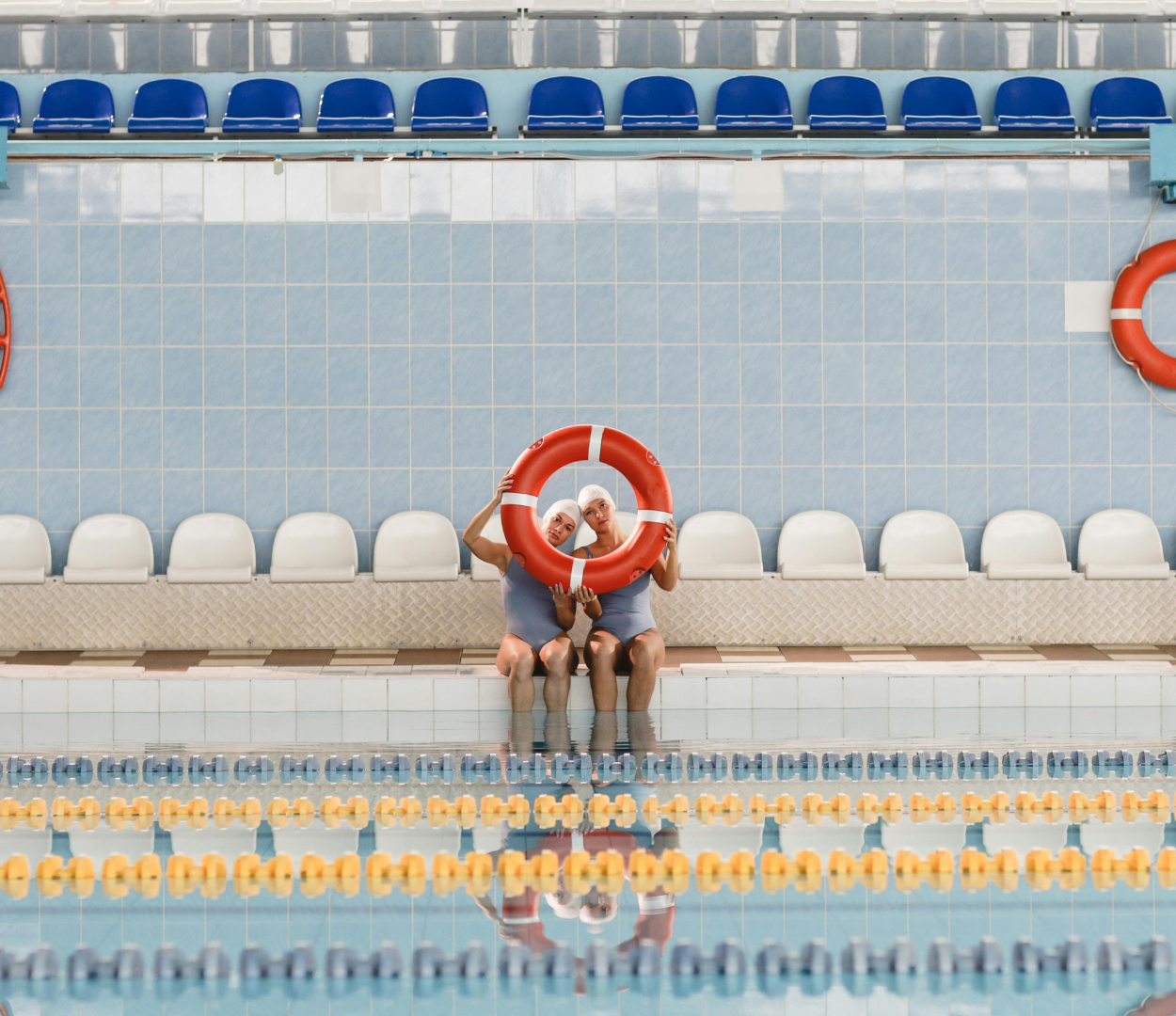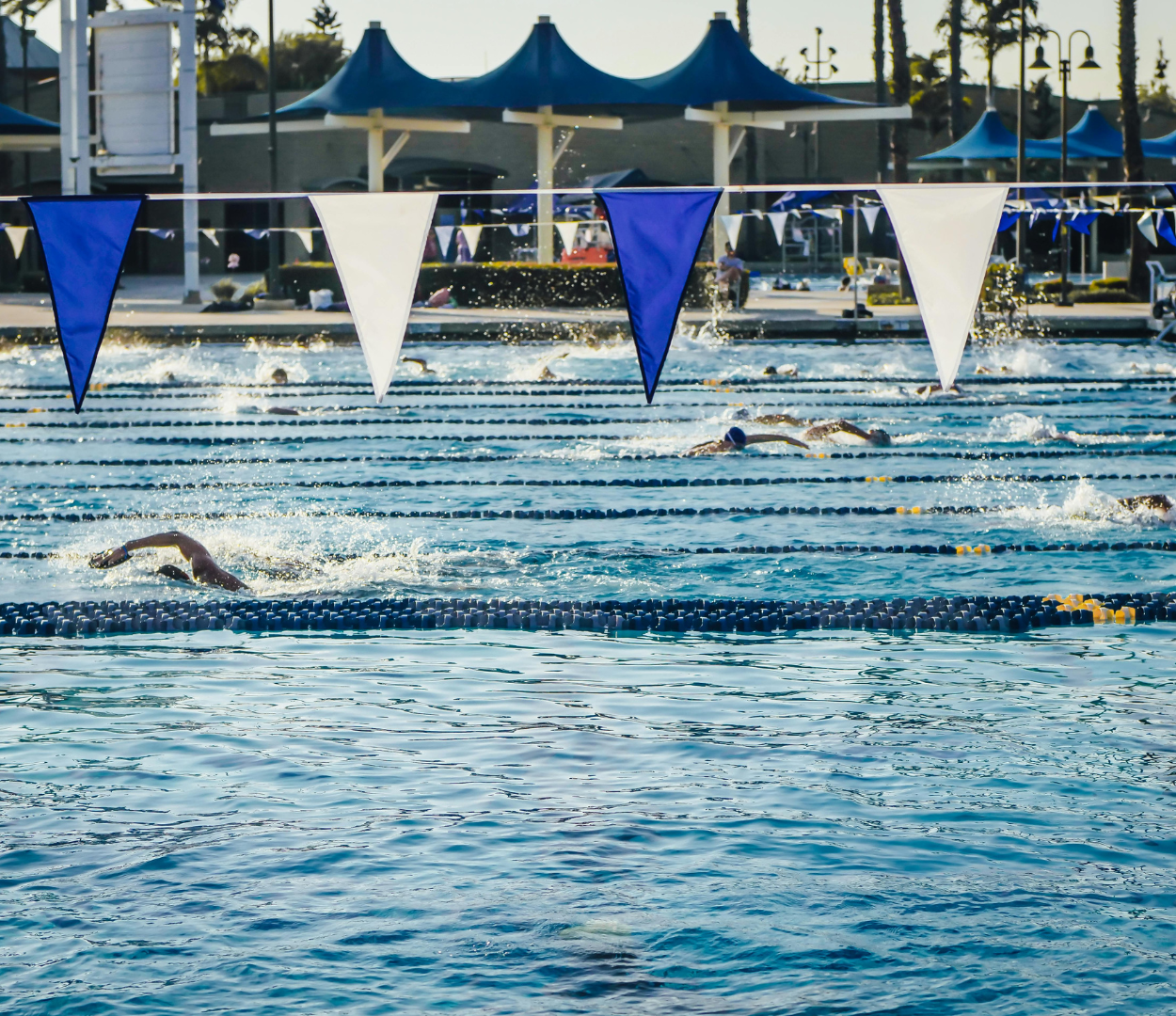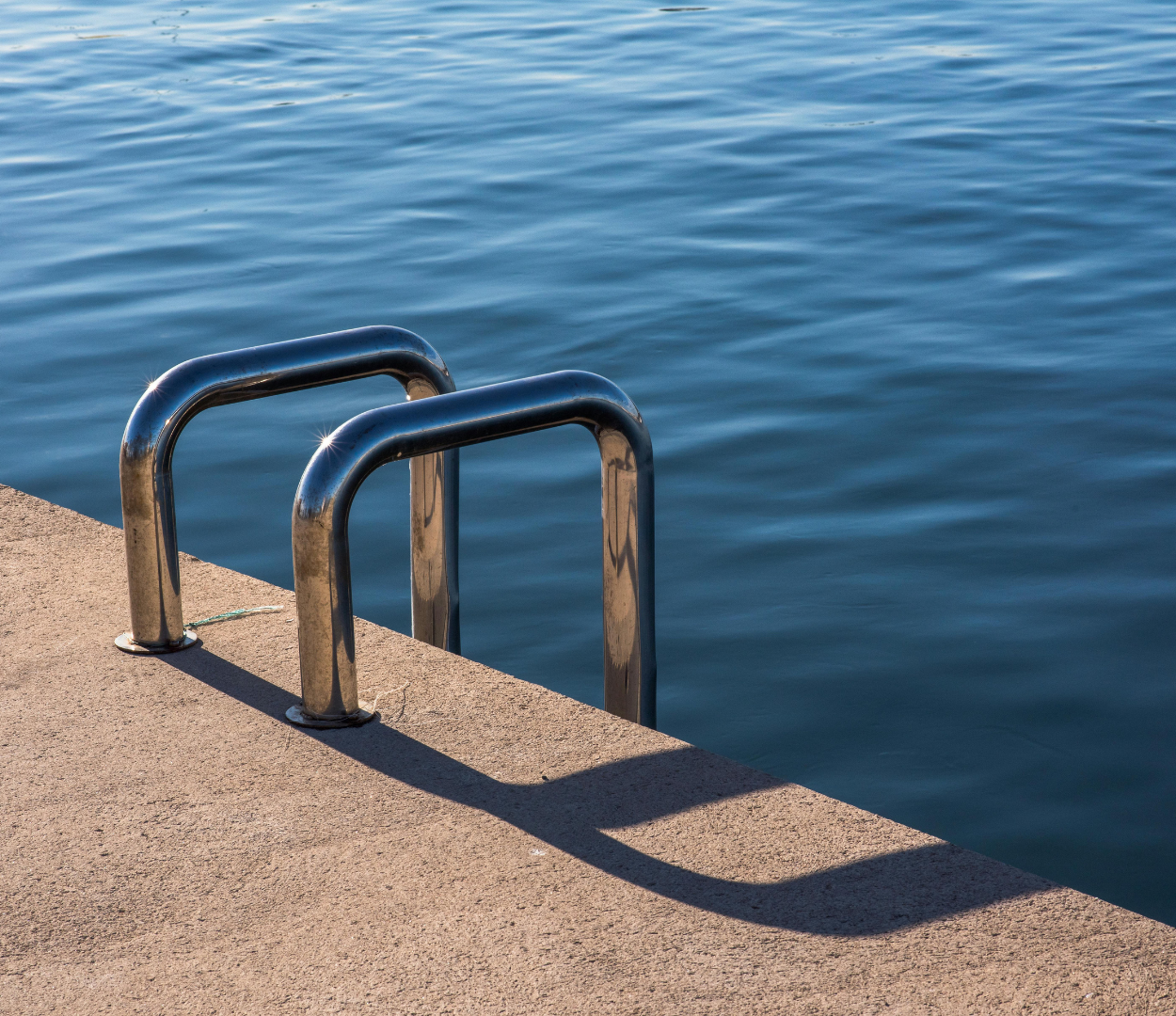Introduction
In the heart of summer, a swimming pool is a sanctuary for fun, relaxation, and escape from the heat. However, beneath the surface of these inviting waters lie potential hazards that can turn a leisurely dip into a dangerous situation. Ensuring swimming pool safety through adherence to up-to-date standards and practices is not just a recommendation; it's a necessity. This article dives into the critical aspects of swimming pool safety, highlighting the latest standards and practices that every pool owner and user should be aware of.
The Foundation of Pool Safety
Pool Fencing Requirements
A sturdy barrier that prevents unsupervised access to the pool area is the first line of defense against accidental drownings. Regulations often specify the height, material, and design features of pool fences to ensure they are effective. Typically, these guidelines mandate that fences should be at least 4 feet high, though many safety experts recommend a height of 5 feet or more to provide additional security. The material used for fencing should not only withstand the elements but also resist attempts by children to climb over or squeeze through gaps. This means that the vertical slats should be close enough together usually no more than 4 inches apart to prevent a child from passing between them.
Moreover, the design of the fence should include a self-closing, self-latching gate that opens outward, away from the pool area, making it more difficult for young children to access the pool unsupervised. The latch itself should be placed high enough on the gate that it is out of reach of small children, typically at least 54 inches from the ground. Additionally, the fence should be free of handholds and footholds, and it should be designed in such a way that it cannot be easily climbed.
Safety Covers and Nets
When the pool is not in use, safety covers and nets provide an additional layer of protection, especially for households with children and pets. These devices are designed to support weight and prevent accidental falls into the water. Safety covers come in various forms, including solid vinyl covers that can support the weight of several adults and mesh covers that allow rainwater to pass through while still providing a secure barrier. Both types are anchored to the pool deck and should be pulled taut to ensure there are no gaps or sagging areas where a child or animal could slip into the water.
It's important to note that safety covers and nets are not substitutes for proper supervision but are part of a multi-layered approach to pool safety. They should be properly maintained and inspected regularly for wear and tear or damage. Over time, exposure to sunlight and the elements can degrade the materials, so it's crucial to replace them if they show signs of weakening. Additionally, pool owners should ensure that the covers and nets meet the standards set by organizations such as the American Society for Testing and Materials, which provides guidelines for safety devices to prevent drowning.
Anti-Entrapment Devices
To prevent swimmers from being trapped by the pool's suction devices, anti-entrapment covers are a must. These covers are designed to distribute suction evenly and prevent hair, limbs, or clothing from being caught. Beyond the basic covers, there are also safety vacuum release systems that automatically cut off the pump if a blockage is detected, further reducing the risk of entrapment. The Virginia Graeme Baker Pool and Spa Safety Act in the United States mandates the use of such safety devices in public pools, and their adoption in private pools is highly recommended. Regular inspection and maintenance of these devices are crucial to ensure they function correctly, as wear and tear can diminish their effectiveness over time.
Alert and Prepared: Emergency Readiness
Pool Alarms
Installing alarms that detect unexpected entry into the pool can be a lifesaver. These devices alert homeowners of potential accidents, allowing for quick response. There are several types of pool alarms available, including surface wave detection alarms, subsurface disturbance sensors, and gate alarms that sound when the pool area is accessed. Each type offers different benefits, and using a combination can provide a comprehensive safety net. Ensuring these alarms are always activated and functioning correctly is key to their effectiveness in preventing unsupervised access to the pool.
CPR and First Aid Training
Knowing how to perform CPR and basic first aid can make a significant difference in emergency situations. Pool owners and frequent users should consider obtaining these lifesaving skills. Many community centres, hospitals, and organizations like the Red Cross offer courses specifically tailored to pool emergencies, including how to respond to drowning incidents. Having these skills not only prepares individuals for pool-related emergencies but also equips them to handle a variety of other life-threatening situations.
Water Quality Standards
Maintaining the right chemical balance in pool water is crucial to prevent skin irritations, infections, and the spread of waterborne diseases. Regular testing and adjustments ensure a safe swimming environment. It's not just about chlorine levels; pH balance, alkalinity, and the presence of other sanitizers need to be monitored and adjusted to keep the water clean and safe for swimmers. Pool owners should establish a regular schedule for testing water quality and be prepared to make adjustments as needed, especially after heavy use or severe weather conditions.
Understanding Legislation and Regulations
Staying informed about local and national regulations regarding pool safety is essential for compliance and ensuring the safety of all swimmers. These laws often cover pool construction, maintenance, and safety equipment requirements. They can vary significantly from one jurisdiction to another, so it's important for pool owners to be aware of the specific requirements in their area. This may involve registering the pool with local authorities, adhering to fencing and alarm standards, and ensuring that all safety equipment meets regulatory standards.
Promoting Swimming Lessons for Safety
Swimming lessons significantly reduce the risk of drowning by equipping individuals with essential water survival skills. Encouraging swimming education fosters a culture of safety and awareness around pools. Starting children on swimming lessons from a young age can instill confidence and competence in the water. For adults who are not confident swimmers, it's never too late to learn. Community pools, YMCAs, and private instructors offer swimming lessons for all ages and skill levels, making it accessible for everyone to learn how to swim safely.
The Ripple Effect of Safety Practices
Implementing up-to-date safety standards and practices has a far-reaching impact beyond the immediate pool area. It cultivates a community-wide emphasis on safety, encourages responsible pool ownership, and most importantly, saves lives. The investment in proper safety measures and education is invaluable, offering peace of mind and ensuring that pools remain a source of joy and relaxation. When communities come together to prioritize pool safety, it creates an environment where the joys of swimming can be enjoyed without the overshadowing risks. Through education, adherence to safety standards, and the implementation of protective measures, we can all contribute to a culture of safety that protects our loved ones and ensures that pools continue to be a source of fun and relaxation for everyone.
Conclusion
Swimming pools are a cherished feature of many homes, providing endless hours of entertainment and relief from the sweltering heat. However, the responsibility of owning a pool extends far beyond its maintenance. It involves a commitment to safety, vigilance, and continuous education. By adhering to the latest safety standards and practices, pool owners can ensure that their aquatic oasis remains a safe haven for all. Let's embrace these measures, not as burdens, but as essential steps towards creating safer, happier swimming experiences for everyone.
F.A.Q
Q: How often should pool safety equipment be checked?
A: Pool safety equipment should be inspected regularly, at least once a season, to ensure it's in good working condition.
Q: Can pool alarms replace the need for supervision?
A: No, pool alarms are an additional safety measure but should never replace active supervision, especially when children are present.
Q: Are there specific pool safety standards for public and private pools?
A: Yes, public pools often have stricter regulations and standards compared to private pools, but it's crucial for all pool owners to follow best practices for safety.
Q: How can I ensure my pool complies with the latest safety standards?
A: Consulting with a professional pool inspector or local authorities can provide guidance on compliance with the latest safety standards and regulations.





Leave a comment (all fields required)